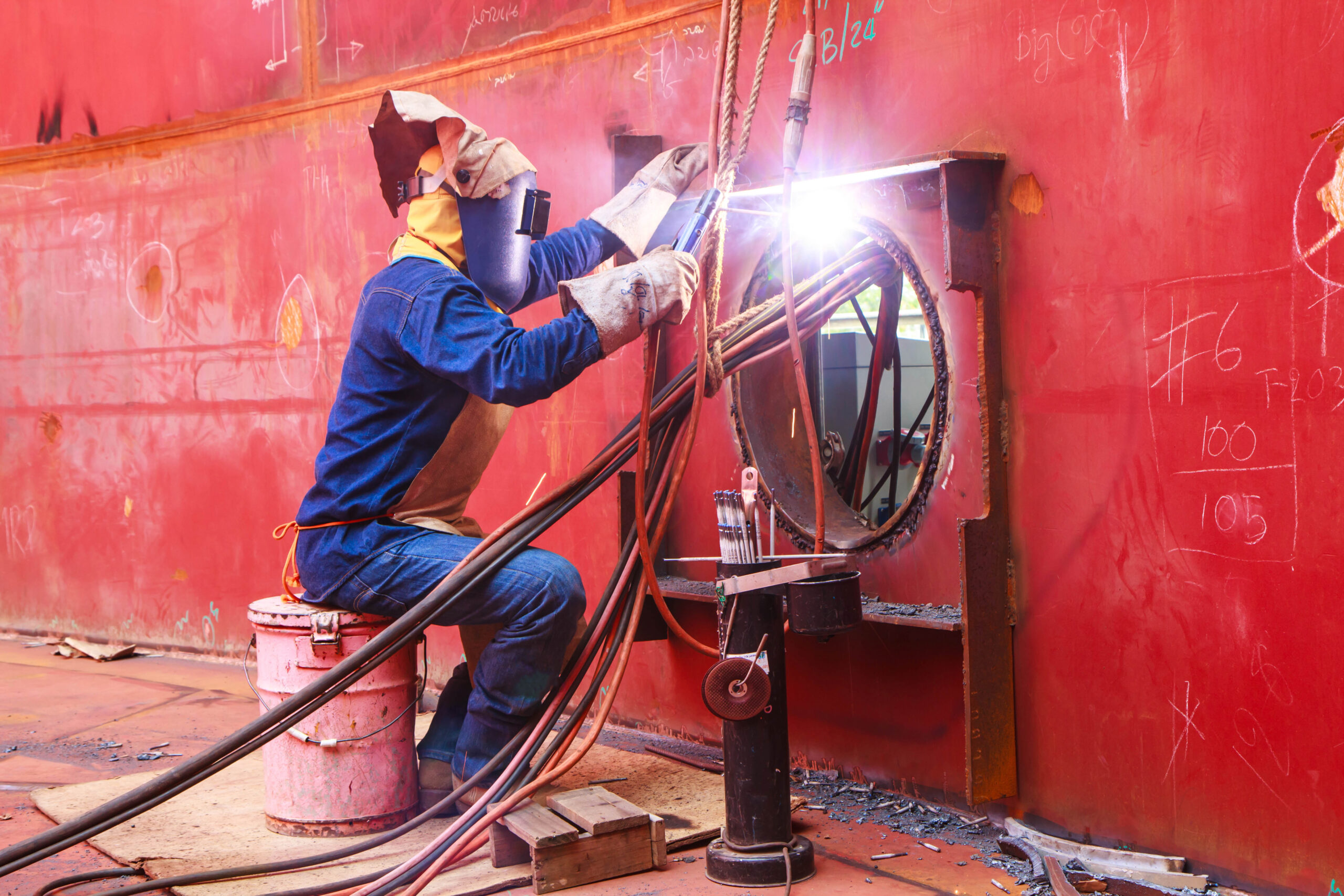Table of Contents
- What is the Difference?
- Key Differences to Consider
To understand the types of Welding Electrodes, more commonly known as welding rods in welders parlance, it is essential to understand the particular type of application it is used for a specific industry. Welding is, primarily needed to fabricate new parts or components. Secondly, it is used to repair broken/cracked components or to hard-face and build up a worn-out component to prolong its life. Hence it is essential to classify welding by these two types of applications.
- Electrodes for Fabrication Welding
- Electrodes for Maintenance & Repair Welding
What is the Difference?
Specifications of welding electrodes (or) rods used in the production or fabrication of components are largely confined to meeting the minimum requirements of a particular class. Basically, conventional electrodes are designed essentially for production welding. In other words, they are expected to meet the specifications and design parameters of a specific component. Based on such an evaluation, a welding engineer chooses a particular electrode, only when it meets his requirements.
But in the case of Maintenance & Repair (M&R) welding, these specifications are too broad to realistically meet the precise & varied requirements of a repair application. Hence M&R products are basically Low Heat (LH) input welding rods or electrodes. They are designed to weld specific components to give them extended life or improve their performance. In most cases of M&R, we use a welding electrode to repair a broken component or worn-out component. In the process, we always go beyond the original design parameters to ensure that the refurbished component has the best properties & optimal performance.
Key Differences to Consider:
- Composition of Base Material – In the case of fabrication welding, the job is carried out on new & known components, so all parameters are known. We can choose the welding material exactly, knowing the composition of the base material. This makes it easy to select the right welding electrode for the job. But in the case of Maintenance & Repair, the welding job is done without knowing the exact base material. This makes it necessary for us to have access to versatile products, which can be welded onto different types of base materials, like steel, cast iron etc.
- State of Welding Component: In the case of fabrication welding, the job is done using pristine new plates. So, there are no special requirements while in the case of M&R welding, most of the welding needs to be done with fatigued, old, and contaminated components. Such welding jobs call for welding electrodes with richer chemistry & properties to match this specific requirement.
- Preparation of Joint: In fabrication welding, all welding parameters are clear, so welders just need to adhere to them to complete a job properly. In the case of M&R welding, the job is many times conducted in-situ or at the site. This requirement complicates the task, as we will not be in a position to make any provision to prepare the area to be welded, like a V groove, which is ideal to ensure a proper job. Under such circumstances, the rich alloying elements of the welding electrode need to offer additional strength to the joint.
- Type of Welding: Usually, any fabrication facility or workshop insists on executing a welding job using a flat or down-hand welding position only, as this is considered to be the best position to achieve ideal welding standards. But ensuring a down-hand welding position is not always possible with M&R welding because the work is mostly done on-site, and we may not always have the choice of position. This is why all M&R electrodes of Ador Fontech make are designed to enable welding from any position, making them unique.
- Extended Work-Life: Extending the work-life of the original component is very important, in both types of welding as customers are more worried about the reliability and life extension offered by a repair. This is understandable as no plant can accept stoppages or breakdowns, especially after undertaking extensive repairs to fix all issues. M&R Electrodes/Rods offer an ideal solution in cases where we want to design products or components with extended life.
- Special Re-Enforcement: When we are fabricating a component, it is always done as per a product’s design & drawing, so no special re-enforcement will be required. But in the case of M&R welding, we will be required to apply special re-enforcement techniques to ensure a long life for the repaired component.
- Deadline for Completion: In fabrication welding, there is always a deadline set for completion, but it is always under control as this will be a planned activity. But most M&R welding jobs happen when there is a breakdown or stoppage. So, we need special products which can weld without pre or post-weld heat treatment so the job gets completed faster with the highest level of reliability.
Focusing on all the above considerations, Ador Fontech has designed & developed an exclusive Range of LH –Low heat Input Welding Electrodes/rods(Alloys) to resolve the specific problems in Maintenance & Repair welding.
Reclaim, Do not Replace



